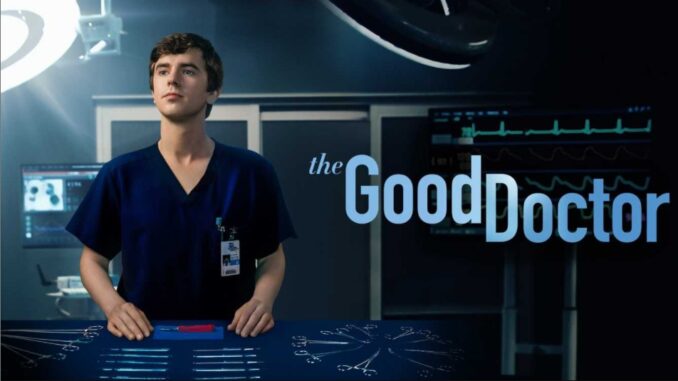
For years, The Good Doctor has stood at the forefront of global medical dramas, attracting millions of viewers who tune in not only for the high-stakes surgeries but for the emotional resonance at the heart of the series. Led by Freddie Highmore’s acclaimed performance as Dr. Shaun Murphy—an autistic savant whose brilliance in the operating room challenges stereotypes—the show continues to demonstrate why it remains one of the most compelling and comforting dramas on television today.
At its core, The Good Doctor thrives on the tension between Shaun’s extraordinary diagnostic abilities and the social barriers he faces in daily life. His struggles are portrayed with nuance: he is not romanticized as a flawless genius, nor reduced to his challenges. Instead, the series dives deeply into his growth, his relationships, and his ability to connect with patients in ways that often surprise even his own colleagues. Highmore’s portrayal has earned widespread praise for its sensitivity, realism, and emotional depth—qualities that set the show apart in a crowded genre.
But beyond the lead character, the series offers something audiences continually crave: hope. At a time when medical dramas often lean toward darkness, The Good Doctor balances heartbreak with healing, and crisis with compassion. Whether it’s a complex trauma case, an ethical dilemma, or a quiet moment of human connection between doctor and patient, the show consistently reminds viewers of the resilience of both the medical profession and the human spirit.
Its ensemble cast further elevates the narrative. Actors such as Antonia Thomas, Hill Harper, Christina Chang, and Fiona Gubelmann contribute layered performances that enrich the storytelling. Each character brings a unique emotional lens—mentor, friend, skeptic, supporter—creating a hospital environment that feels lived-in and real. The interpersonal dynamics, conflicts, and alliances within the team provide as much intrigue as the medical procedures themselves.
Critics have long noted that The Good Doctor manages to sustain its success by continually evolving. Storylines explore everything from hospital politics to romantic relationships, cultural barriers, and the pressures of modern healthcare systems. Still, the heart of the series never wavers: it’s a story about a doctor who sees the world differently and, in doing so, teaches others to see differently too.
Perhaps the strongest testament to the show’s impact is the way audiences describe their viewing experience. Many say they watch for comfort. Others praise its emotional intelligence or its ability to make them reflect on empathy, acceptance, and inclusion. In some countries, the series has even been used to begin larger conversations about neurodiversity and representation in mainstream media.
Ultimately, The Good Doctor’s continued success lies not just in its dramatic pacing or medical accuracy, but in its ability to heal—quietly, powerfully, and consistently. It is a reminder that television, when done right, can do more than entertain. It can inspire.
